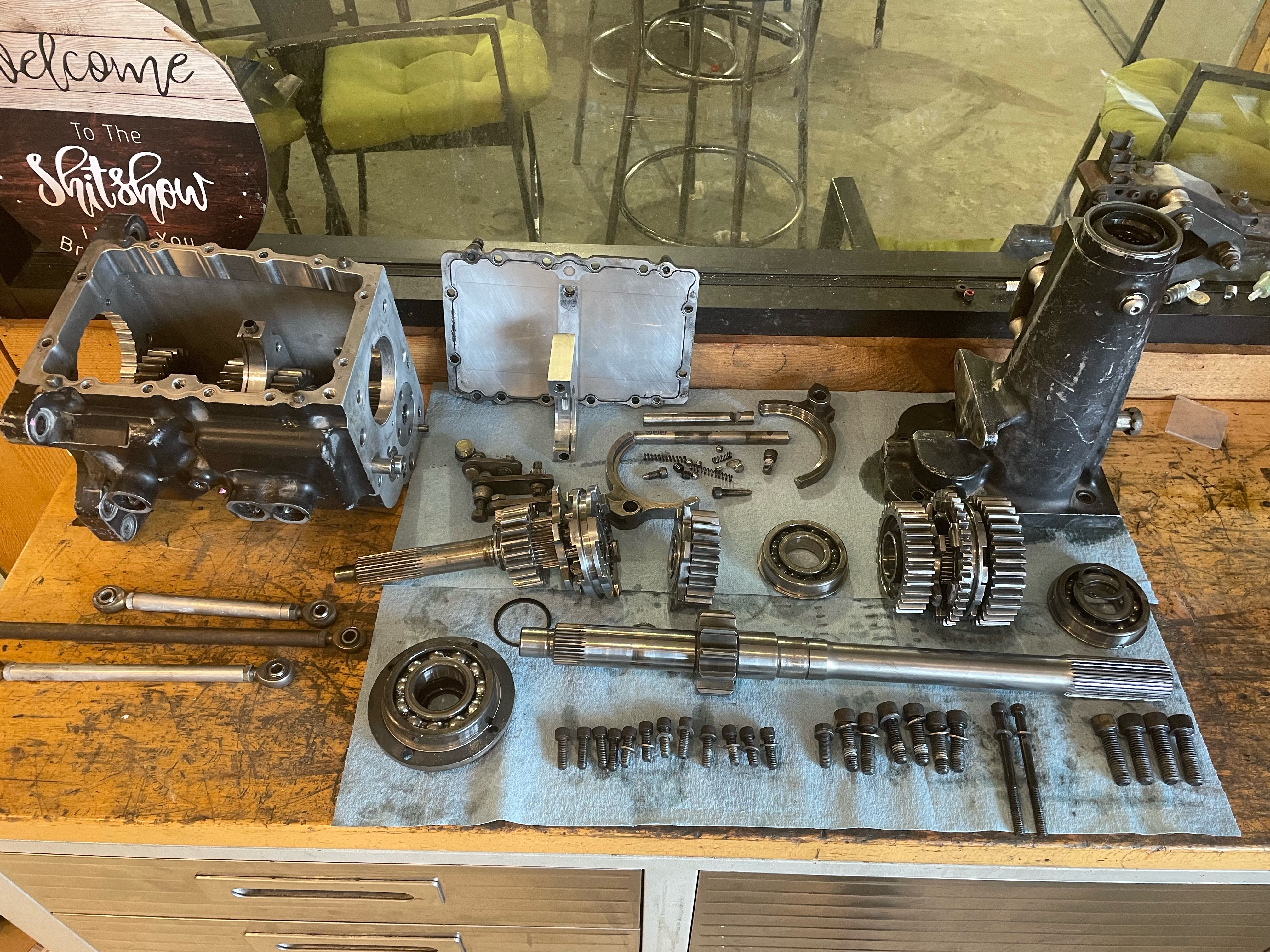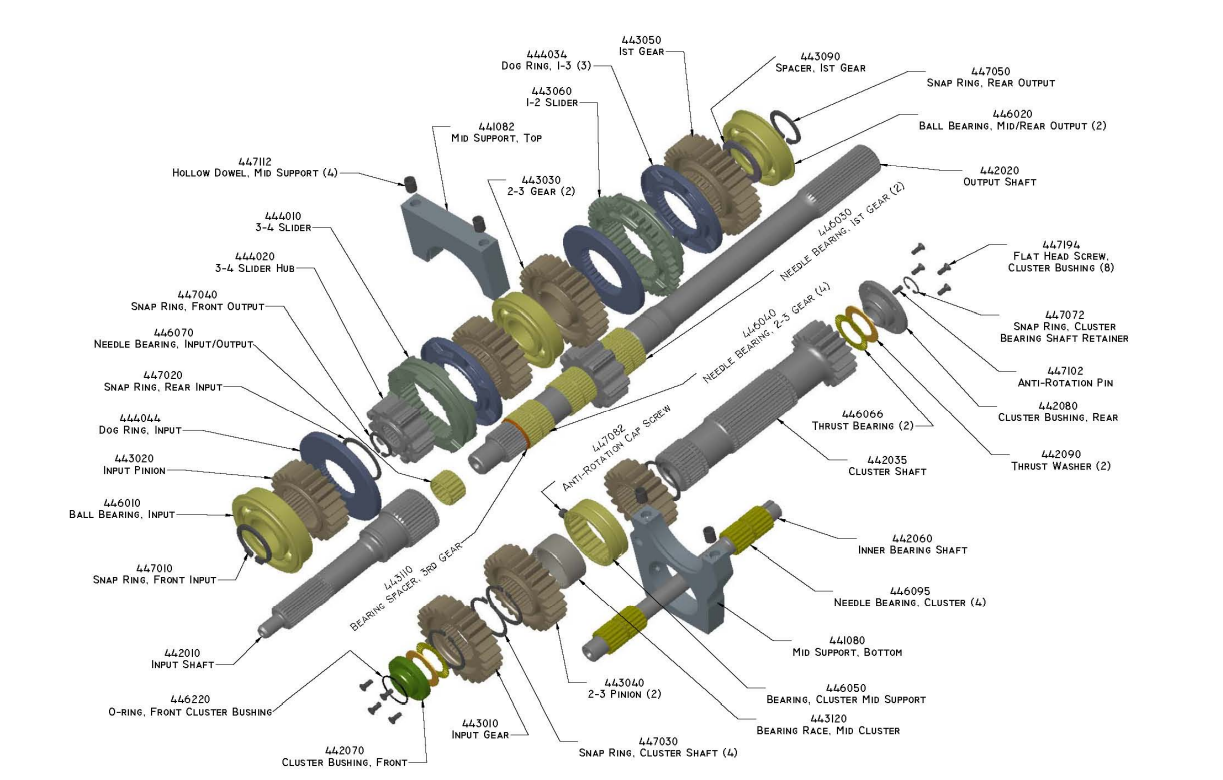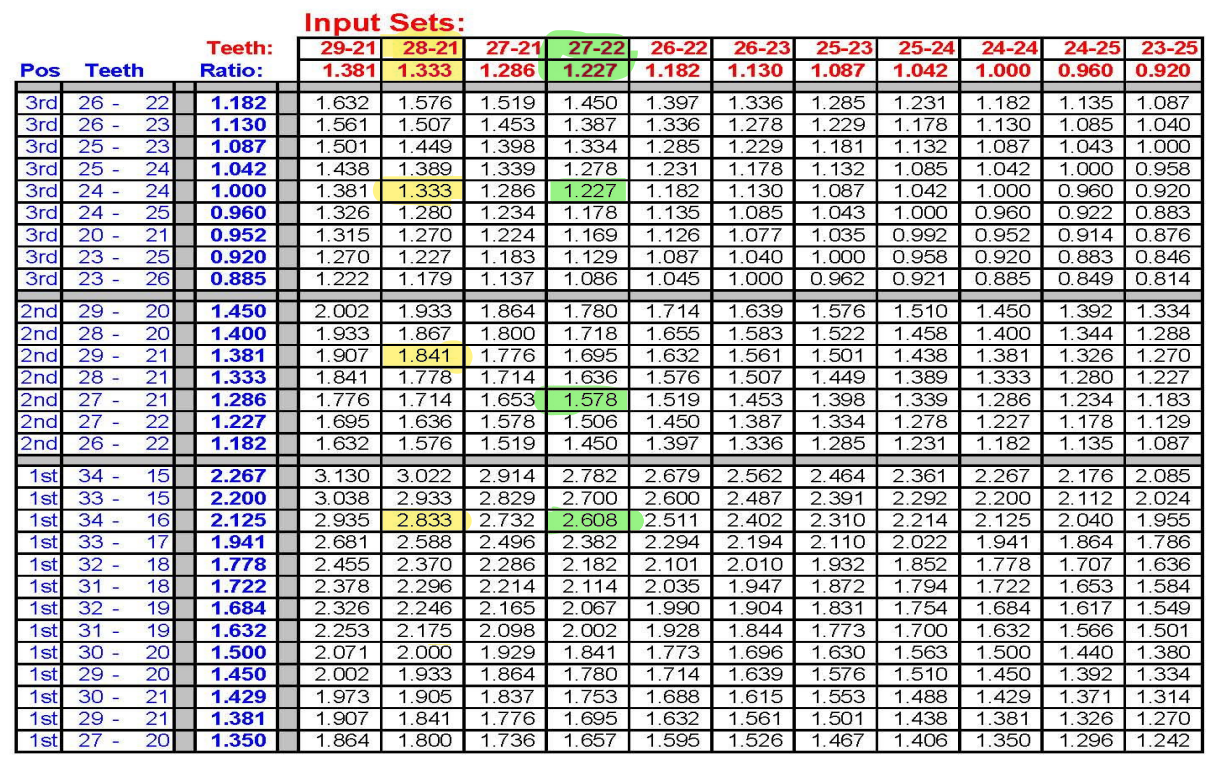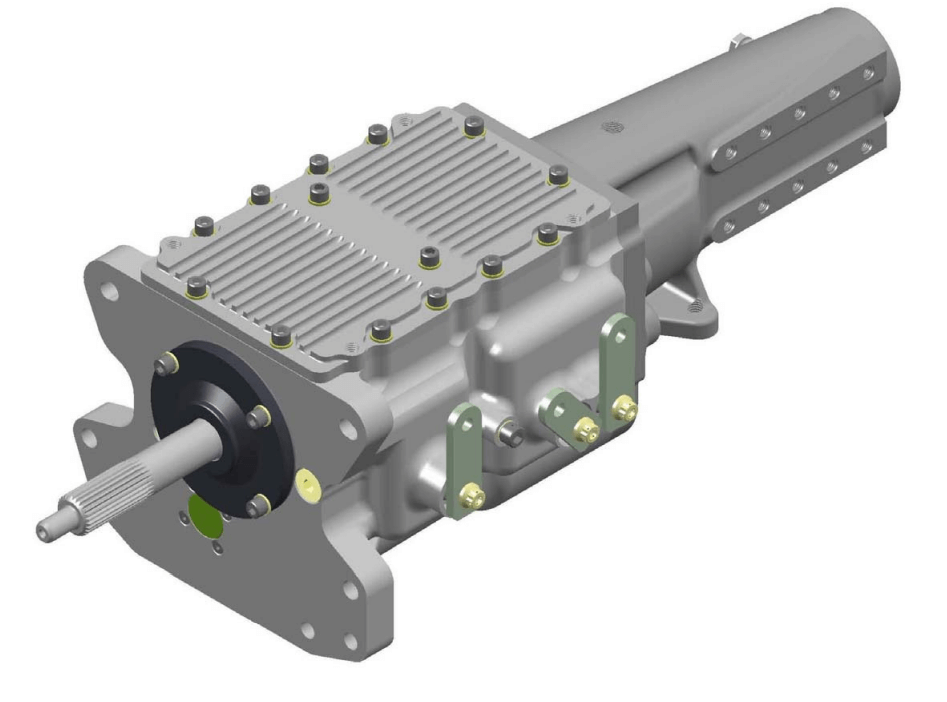Selecting Stock Car Road Racing Ratios in 4 Speed Dog Ring Transmissions
Posted by Craig McCormick on Jan 17th 2023
Let's take a look at how to select road racing parts to give the best gear ratios for a dog ring transmission, to put the right stock car road racing parts in your grassroots road racing car.

Dog ring transmissions such as the legendary Jerico have been used in stock car road racing and asphalt oval racing applications for decades. The 4-speed version traces it's roots all the way back to the Ford Toploader, originally designe for NASCAR in the 1960's. The 2-speed version, where two ratios are eliminated to save weight are common in asphalt oval racing, even going as far to eliminate the reverse gear train to further reduce weight. The 4-speed version is more common in road course circuit racing applications. Brand names alongside Jerico such as EMCO, Gforce, Roltek, and others apply their own gear train engineering to a largely common gearbox configuration.
My AMCM car is based upon a Howe ASA circle track chassis with a de-tuned pushrod Ford 358CU Roush Yates engine, EMCO EGB-44T 4-speed delivering 500 horsepower at the rear wheels via a Frankland quick-change rear end. I haven't been entirely happy with the gearbox ratios and want to get them right before the 2023 Southern Tour starts. Standing starts are an AMCM feature and although I'm happy enough with the 2.833:1 first gear to get off the line, it becomes unusable for the rest of the race. Second gear, which is also pretty useless after the start, is 1.841: and feels too close to first and a bit too far away from the 1.333: ratio third. Fourth is always 1:1 and the split between 3rd and 4th feels ok but maybe a little too big of a split. The final drive can be adjusted to each track easily via the quick-change rear.
I first started by removing the transmission and following the disassembly procedure for the EMCO EGB-44T. These gearboxes are pretty straight forward to disassemble with the hardest part being removal of the input shaft circlip.

Dog ring transmissions have a gear stack that can be adjusted to suit the driver and track not only in 1st, 2nd and 3rd gear ratios but also the input ratio which carries the 4th gear dog ring. By adjusting the input ratio, 1st, 2nd and 3rd gears are all changed incrementally, whereas an individual gear ratio may be changed to effect only that gear.

Now, let's do some simple math and look at the splits between the ratios from fourth to first in my EMCO EGB-44T. In the table below the gear ratio, of the gear being shifted into, is subtracted from the previous ratio to give a "split" value between each gear to give a sense of how wide apart, or close together the ratios are eg 3rd Gear Ratio - 4th Gear Ratio = Gear Split. Effective MPH was calculated using the formula:
MPH = RPM x Tire Diameter / Gear Ratio x Final Drive Ratio (diff) x 336
Using parameters for tire diameter of 27.5", final drive ratio of 3.56:1 and 7,000rpm we get the following for each of the existing gear ratios in the EMCO.
| Gear | Gear Set Teeth | Gear Ratio | Gear Split | Effective MPH | MPH Split | |
| Input | 28/21 | 1.333:1 | N/A | N/A | N/A | |
| Fourth | N/A | 1:1 | 0.333 | 161mph | +40mph | |
| Third | 24/24 | 1.333:1 | 0.508 | 121mph | +33mph | |
| Second | 29/21 | 1.841:1 | 0.992 | 87mph | +30mph | |
| First | 36/16 | 2.833:1 | N/A | 57mph | N/A |
So, what do we do? Adjust the input ratio which will adjust the 1st, 2nd & 3rd ratios or adjust an individual ratio? First, let's take a look at the ratios available for the EMCO EGB-44T. The ratios highlighted yellow are what is currently in my gearbox and the ratios highlighted green are what I'm planning to use. The Jerico has similar gear ratio options, as do other manufacturers.

By adjusting the input ratio first from the 28/21 gear set with a 1.333:1 ratio to a 27/22 with 1.227 ratio we are able to bring all gears closer together whilst maintaining a first gear that will work well for a standing start. Here's the same chart from above adjusted with the new input ratios. Notice the Effective MPH Split between 3rd & 4th has changed from 40mph to 30mph meaning these gears are now closer together. Whereas 2nd to 3rd has grown marginally from 33mph to 36mph. The 1st to 2nd gap has also grown but that's ok for me as I'd prefer to trade off a larger gap here to optimize standing starts but achieve a closer gap between 2-3-4.
| Gear | Gear Set Teeth | Gear Ratio | Gear Split | Effective MPH | MPH Split | |
| Input | 27/22 | 1.227:1 | N/A | N/A | N/A | |
| Fourth | N/A | 1:1 | 0.227 | 161mph | +30mph | |
| Third | 24/24 | 1.227:1 | 0.468 | 131mph | +36mph | |
| Second | 29/21 | 1.695:1 | 0.913 | 95mph | +33mph | |
| First | 36/16 | 2.608:1 | N/A | 62mph | N/A |
Ok so now let's play with the second gear ratio to see if we can optimize the splits to end up with a more versatile second gear. By changing the second gear set from 29/21 to 28/21 we get a new ratio of 1.578:1 which further increases the Effective MPH Split between 1st & 2nd gears from 33mph to 40mph; again, this is a good thing for me (maybe not everyone...) for standing starts. The real gain with this change for me is the Effective MPH splits between 2nd to 3rd to 4th which are now very closely matched around 30mph.
| Gear | Gear Set Teeth | Gear Ratio | Gear Split | Effective MPH | MPH Split |
| Input | 27/22 | 1.227:1 | N/A | N/A | N/A |
| Fourth | N/A | 1:1 | 0.227 | 161mph | +30mph |
| Third | 24/24 | 1.227:1 | 0.468 | 131mph | +29mph |
| Second | 28/21 | 1.578:1 | 1.03 | 102mph | +40mph |
| First | 36/16 | 2.608:1 | N/A | 62mph | N/A |
So, what have I learned from this exercise in selecting stock car road racing parts? Well, firstly the ability to change the input ratio means the amount of ratio combinations is exhaustive; literally 319 different combinations which, I guess, can also mean there's 318 ways to get it wrong. Optimizing individual ratios needs some thought to your specific application and race series but once you understand what ratios you currently have, and you understand where your deficiencies are on track, then you can do some of the simple math used in this exercise to make some decisions on which stock car road racing ratios to choose.


